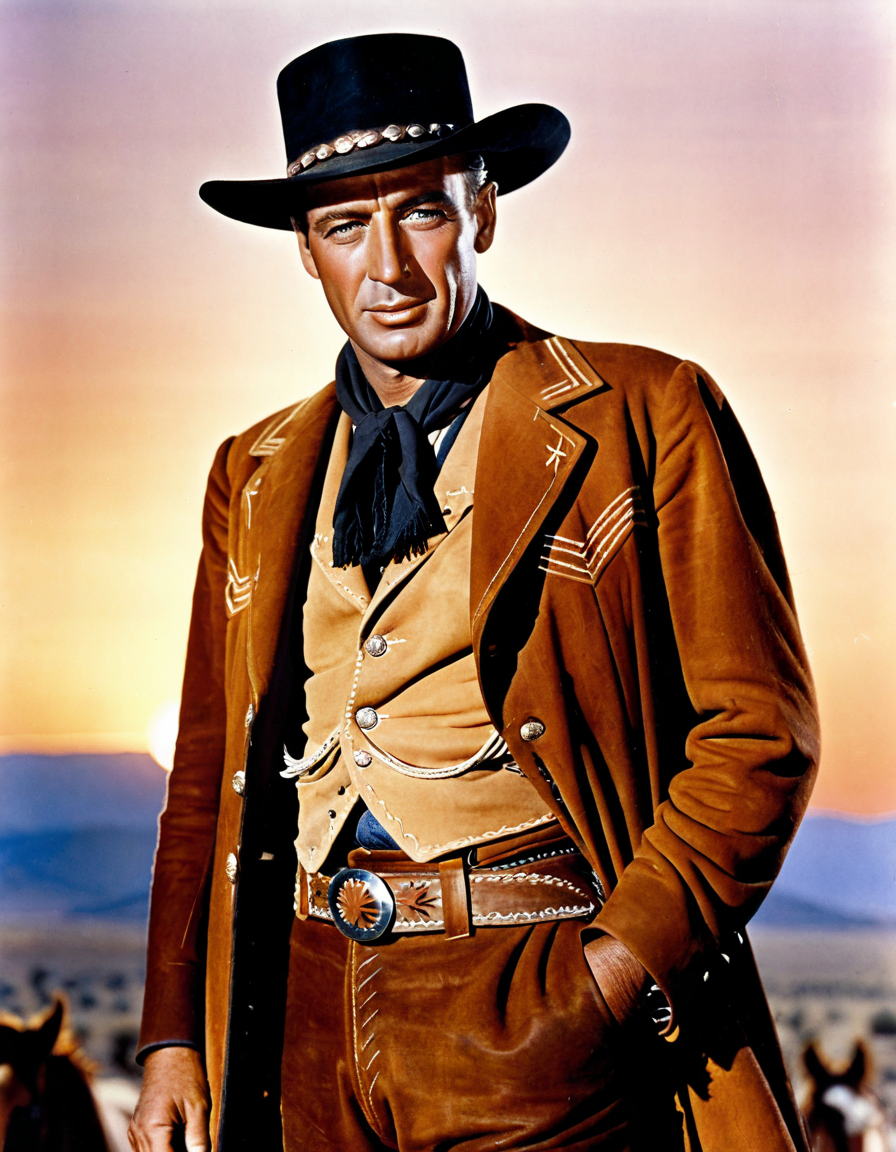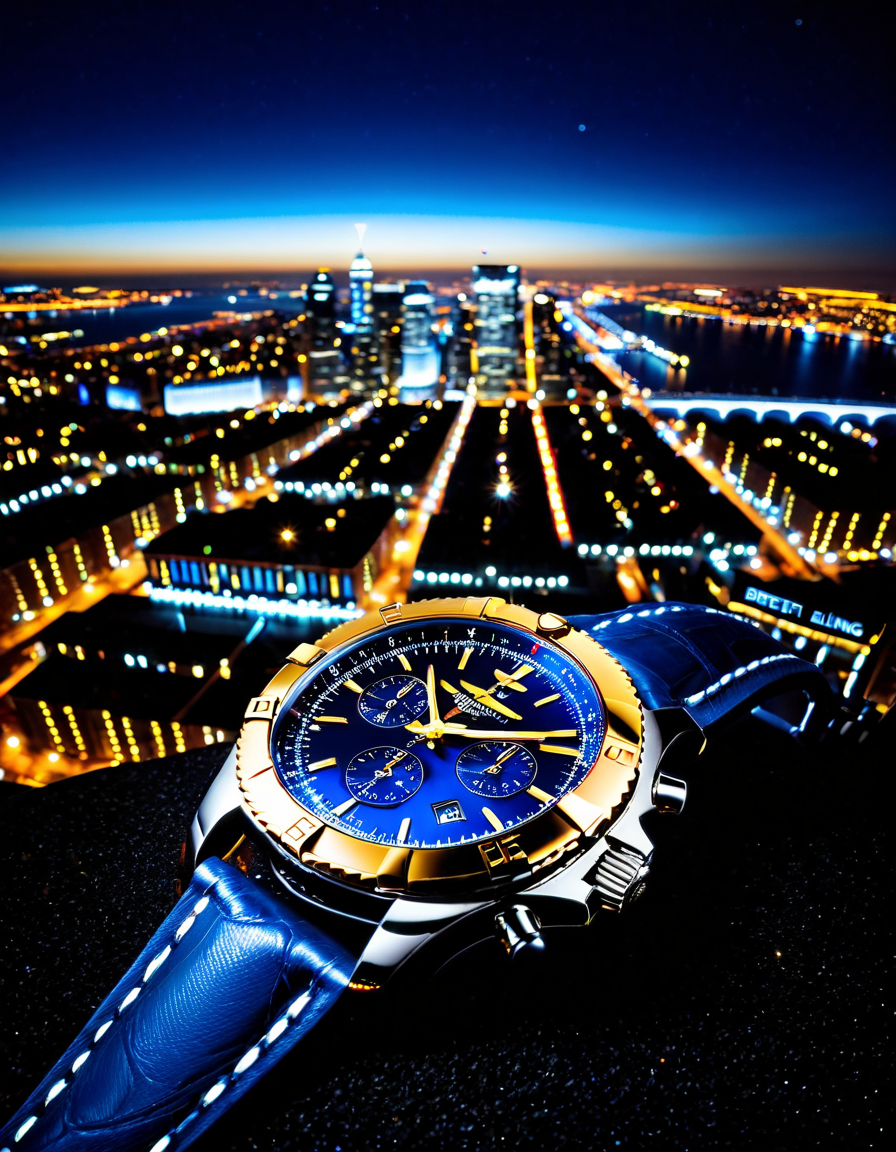Groundhog Day, celebrated every February 2nd, brings a bit of quirky charm to the winter season. This holiday centers around Punxsutawney Phil, the celebrated groundhog who predicts whether we’ll see six more weeks of winter. As we delve into the fascinating history and cultural relevance of Groundhog Day, you’ll be surprised to discover an intriguing connection between this beloved celebratory day and Labor Day, another key holiday that honors the hard-working individuals of our society. So let’s grab some hot cocoa and explore the incredible secrets behind Groundhog Day that just might astound you!

The Intriguing Connection Between Groundhog Day and Labor Day
At first glance, Groundhog Day and Labor Day seem like chalk and cheese. Groundhog Day focuses on the whimsical hopes for an early spring, while Labor Day shines a light on the achievements of workers and the shift into the fall. However, peel back the layers, and you’ll find that both holidays share profound cultural significance.
Groundhog Day takes its roots from ancient European traditions marking halfway through winter, allowing communities to celebrate and engage in lively festivities. On the other hand, Labor Day is a tribute to the labor force, embodying the values of hard work and community spirit. Together, these holidays represent the cyclical nature of life, season changes, and the shared experiences that bind us as a community.
Reflecting on these holidays, we can see how they illustrate society’s connection to time—both personal and collective. Just as the seasonal shift promises renewal, Labor Day echoes the need to recognize achievements, paving the way for new beginnings. So the next time you’re watching Punxsutawney Phil make his prediction, think about the deeper threads that connect these two occasions.
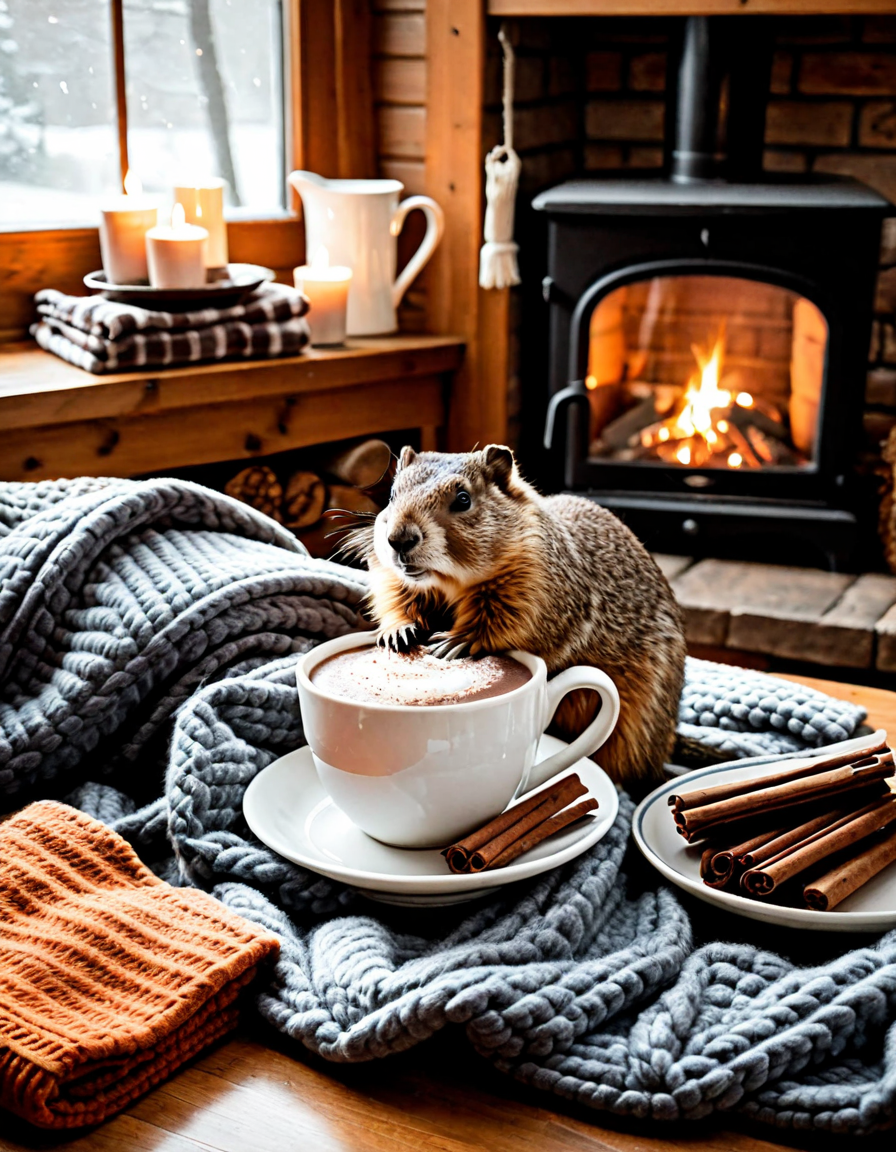
7 Astonishing Secrets About Groundhog Day That Will Surprise You
The standout moment of Groundhog Day is the highly anticipated weather prediction from Punxsutawney Phil. You might be shocked to learn that his forecasting accuracy is about 39%—less credible than a coin toss! But why do millions flock to watch this annually? It speaks to our innate love for nature’s mysteries and the age-old thrill of prophecies.
Since 1887, Punxsutawney Phil has evolved from just a groundhog to a cultural icon. Phil’s legendary status hosts over 30,000 visitors each year at Gobbler’s Knob in Pennsylvania, revealing the power of folklore in fostering community unity and spurring local economies. This tradition has drawn folks from all walks of life, reinforcing how shared beliefs create vibrant cultural identities.
You can’t talk about Groundhog Day without mentioning the beloved film starring Bill Murray. Released in 1993, “Groundhog Day” popularized themes like the quest for self-improvement and the repetitiveness of life. Phrases like “living a Groundhog Day” have since permeated everyday conversations, showcasing how media shapes our perceptions and understanding of this quirky holiday.
The rituals surrounding Groundhog Day unite generations through humor and tradition. Music, food fairs, and Phil’s grand appearance foster a deep communal spirit. Similar to Labor Day parades, these celebrations create opportunities for bonding and camaraderie, highlighting how shared experiences nurture community ties.
Groundhog Day’s roots trace back to Candlemas Day, where clergy made weather predictions based on the day’s conditions. This early approach to weather forecasting predates our modern climate awareness. In a time when climate change looms large, reflecting on our historical weather prediction methods becomes essential as we consider future implications, thus keeping us grounded while looking ahead.
Just like Labor Day sales, Groundhog Day has fueled a surge in themed merchandise—from cuddly groundhog plushies to creative apparel. Companies leverage this quirky holiday for limited-edition products, showing how commercialism interacts with tradition. These cultural artifacts are not merely fun; they highlight the collective spirit of celebration.
At its core, Groundhog Day offers commentary on the ephemerality of time and the potential for change. This mirrors Labor Day’s focus on work and social rights. The messages behind both holidays invite us to evaluate our personal cycles of behavior, encouraging growth and transformation, whether in embracing new careers or finding ways to break free from routines that don’t serve us.
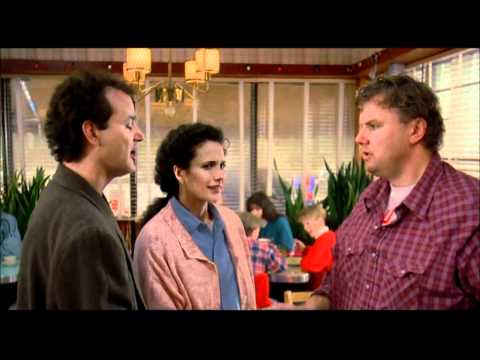
Reflecting on the Deeper Significance of Seasonal Celebrations
Groundhog Day isn’t just about a hibernating animal; it’s rich with historical significance and cultural reflection. By comparing it with Labor Day, we uncover themes of transformation, learning, and community celebration. As we honor these occasions, we’re prompted to assess our relationships with time and challenge ourselves to form connections that break free from life’s monotony.
Celebrating these holidays encourages us not only to embrace the changing seasons but also to grow as individuals. The beautiful tapestry of our lives is woven with these moments of togetherness, so let’s cherish them! From the joy of anticipating Phil’s prediction to commemorating the labor force that builds our nation, let Groundhog Day lead us toward renewal and reflection. Happy Groundhog Day, everyone!

Groundhog Day Secrets That Will Astound You Today
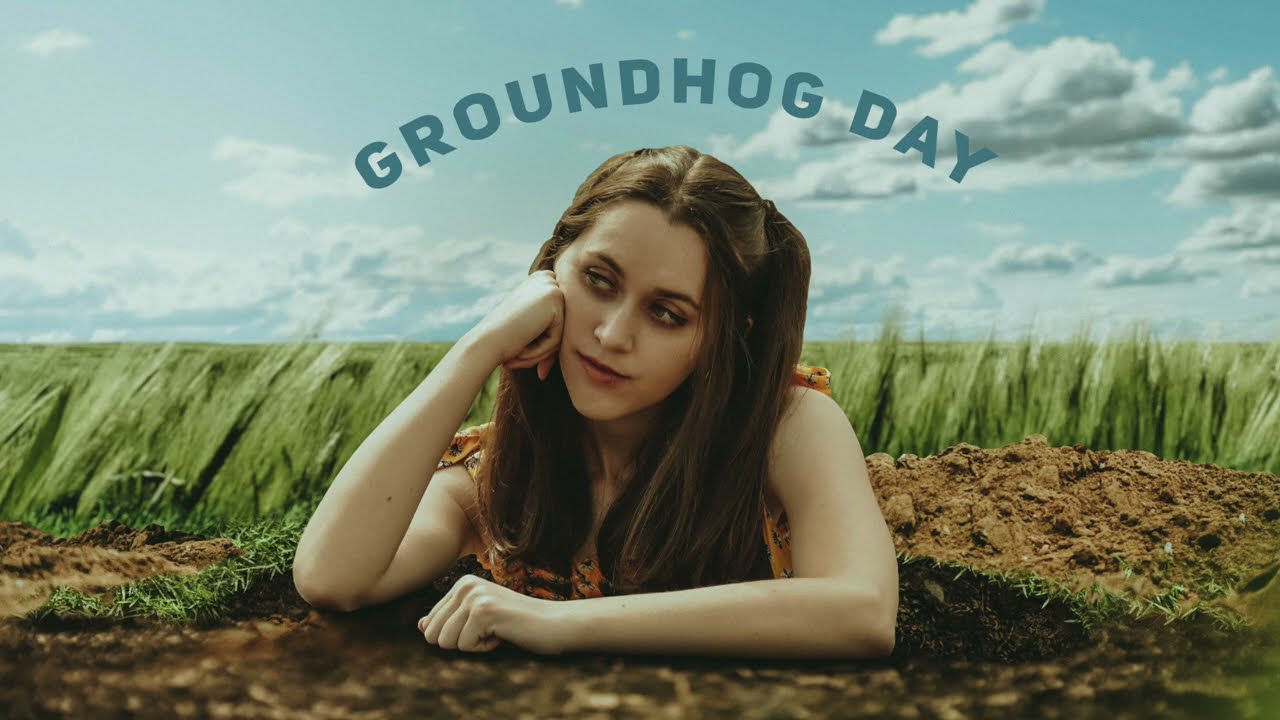
The Origins of Groundhog Day
Groundhog Day, celebrated on February 2nd, has roots that go back centuries. It originated from the ancient European tradition of Candlemas Day, where clergy would bless candles to ward off the darkness of winter. People believed that if the day was sunny, there’d be six more weeks of winter. Interestingly, the tradition morphed when German settlers brought along their own weather-prognosticating animal—the groundhog! That transformation was magical, replacing the candle-lit predictions with furry forecasts. Speaking of transformations, did you know that famed comedian Joe Morgan, known for his storytelling, would probably have a delightful spin on Groundhog Day’s history if asked?
The Day in Punxsutawney
Each year, the tiny town of Punxsutawney, Pennsylvania, hosts the grand celebration where everyone eagerly awaits Punxsutawney Phil’s weather prediction. Phil is the star of the show, emerging from his burrow with all eyes glued to him. But here’s a fun fact: he’s not the only groundhog in history. There have been several famous groundhog wannabes, and some even have names as quirky as a mannequin! This enchanting spectacle attracts crowds in droves, similar to how music legends like Eric Clapton draw fans to their concerts.
Odd Connections and Celebrations
Believe it or not, Groundhog Day has made its way into pop culture too! The iconic 1993 movie “Groundhog Day,” starring Bill Murray, has left a lasting impact on how we view the day. It explores themes of time, change, and second chances—honestly, who hasn’t felt like they were reliving the same day? In culinary realms, some folks enjoy a traditional dish known as Pipian, a flavorful sauce that could brighten those chilly February days. And speaking of days, many families use this holiday as an opportunity for bedtime Stories, creating lasting memories that echo through generations.
So, whether you’re diving into the tradition, watching Phil, or reminiscing about classic films and recipes, Groundhog Day continues to astound us more than ever. Just like how Joe Rogan’s net worth seemed to surprise everyone, the enduring allure of this quirky holiday keeps people curious about what the next winter holds!


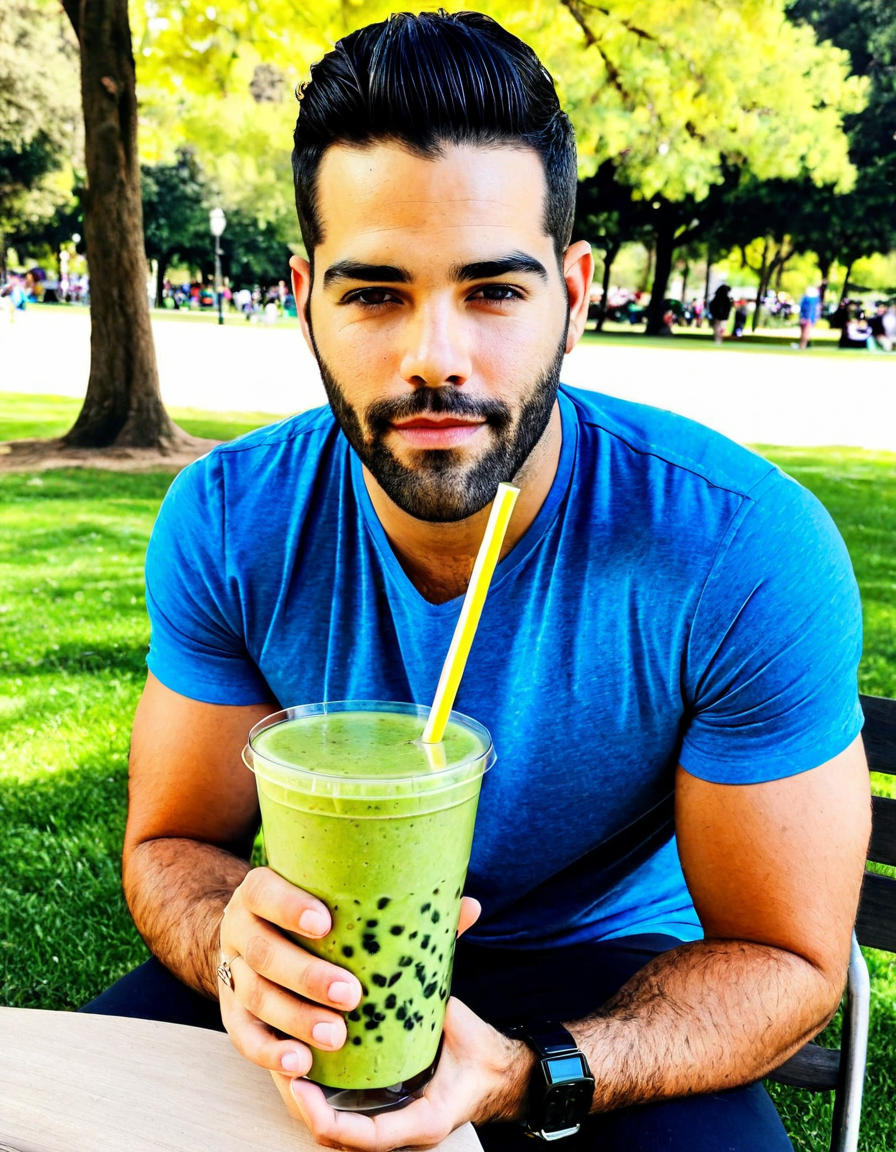
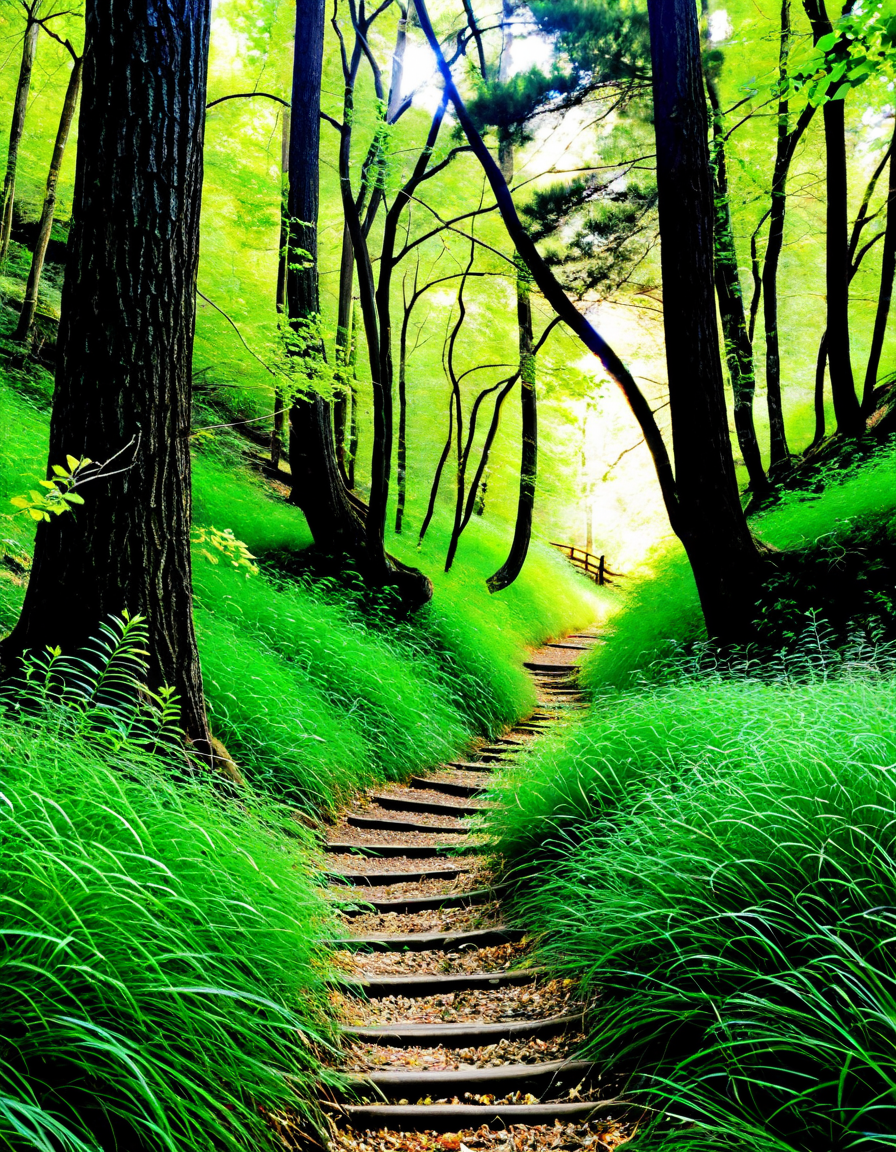


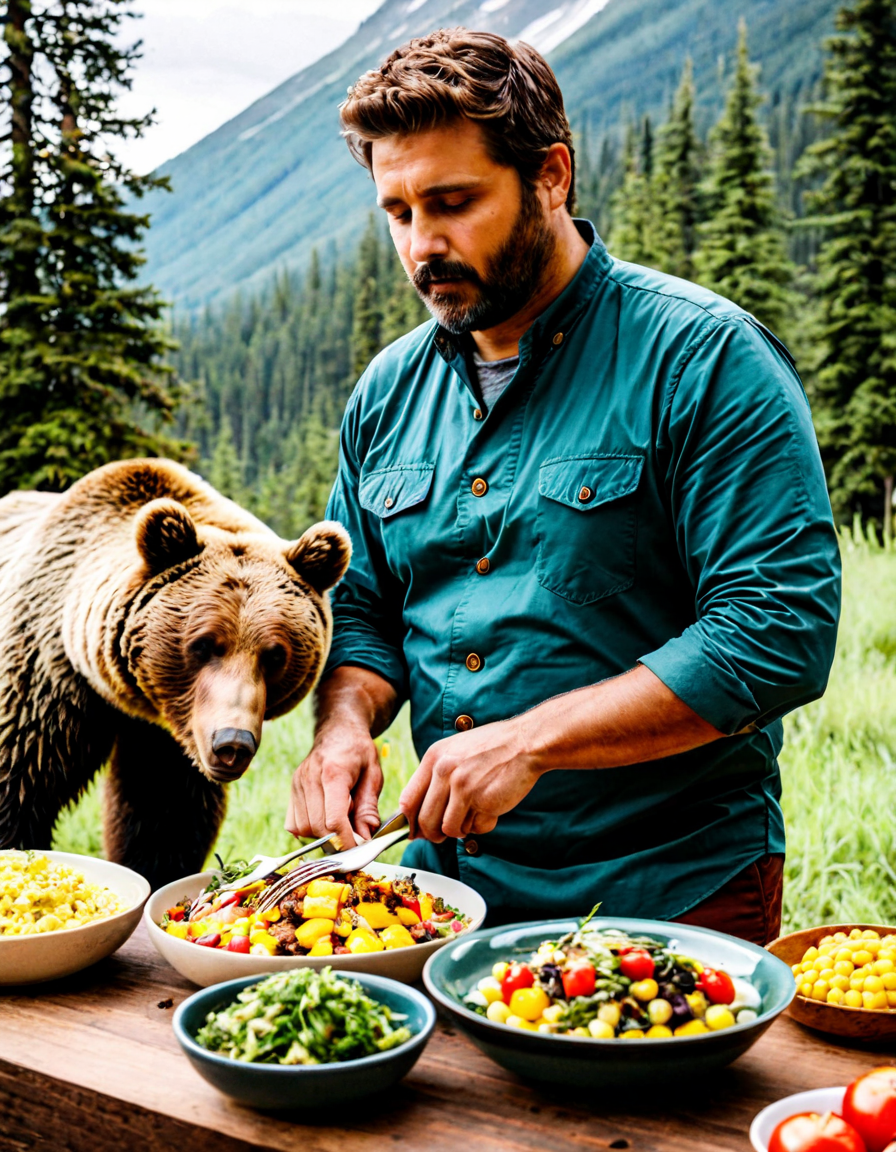
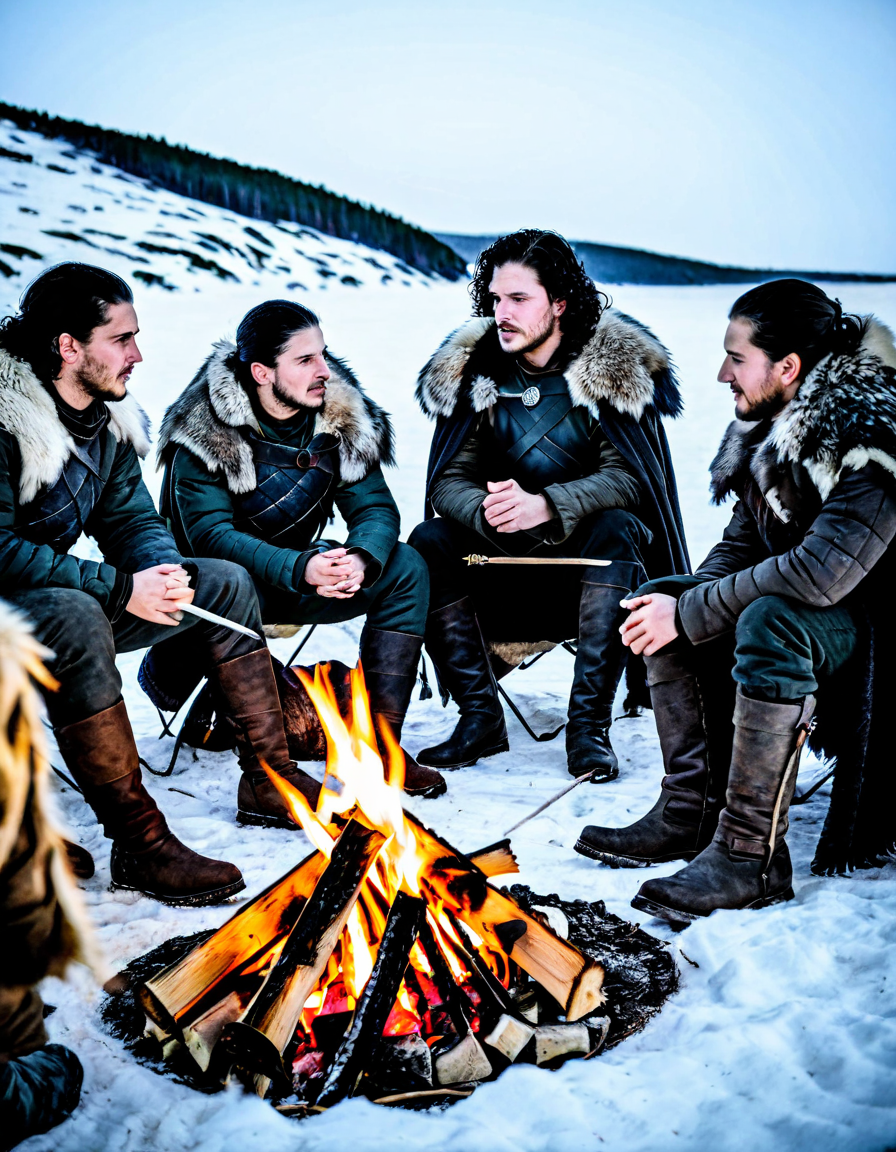
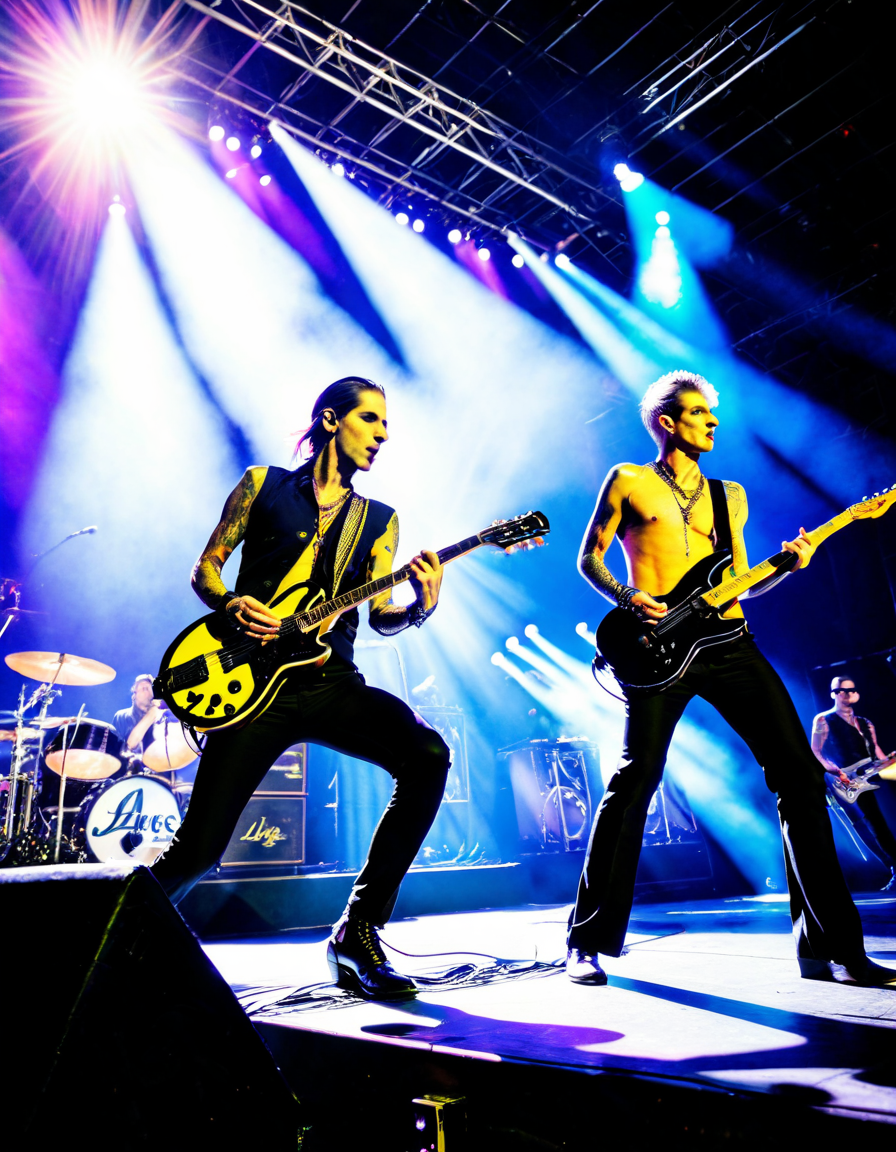


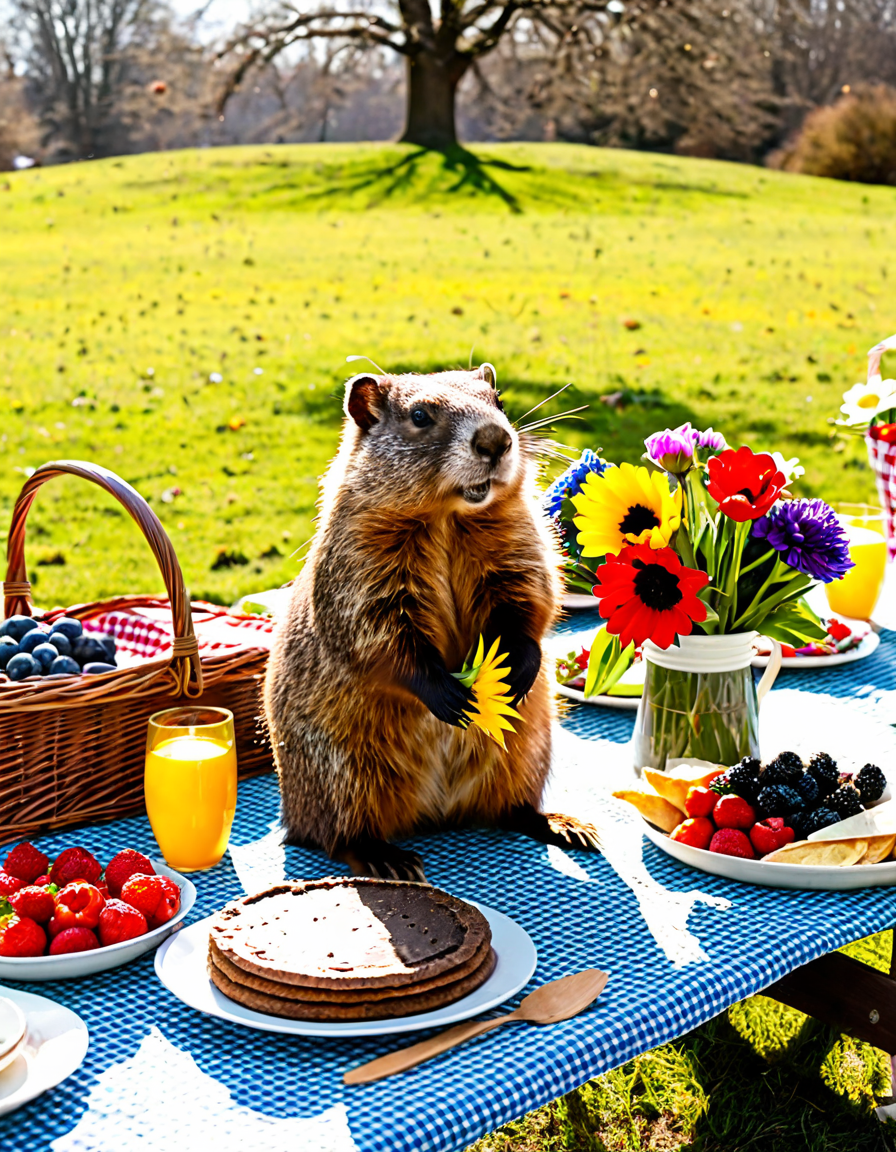

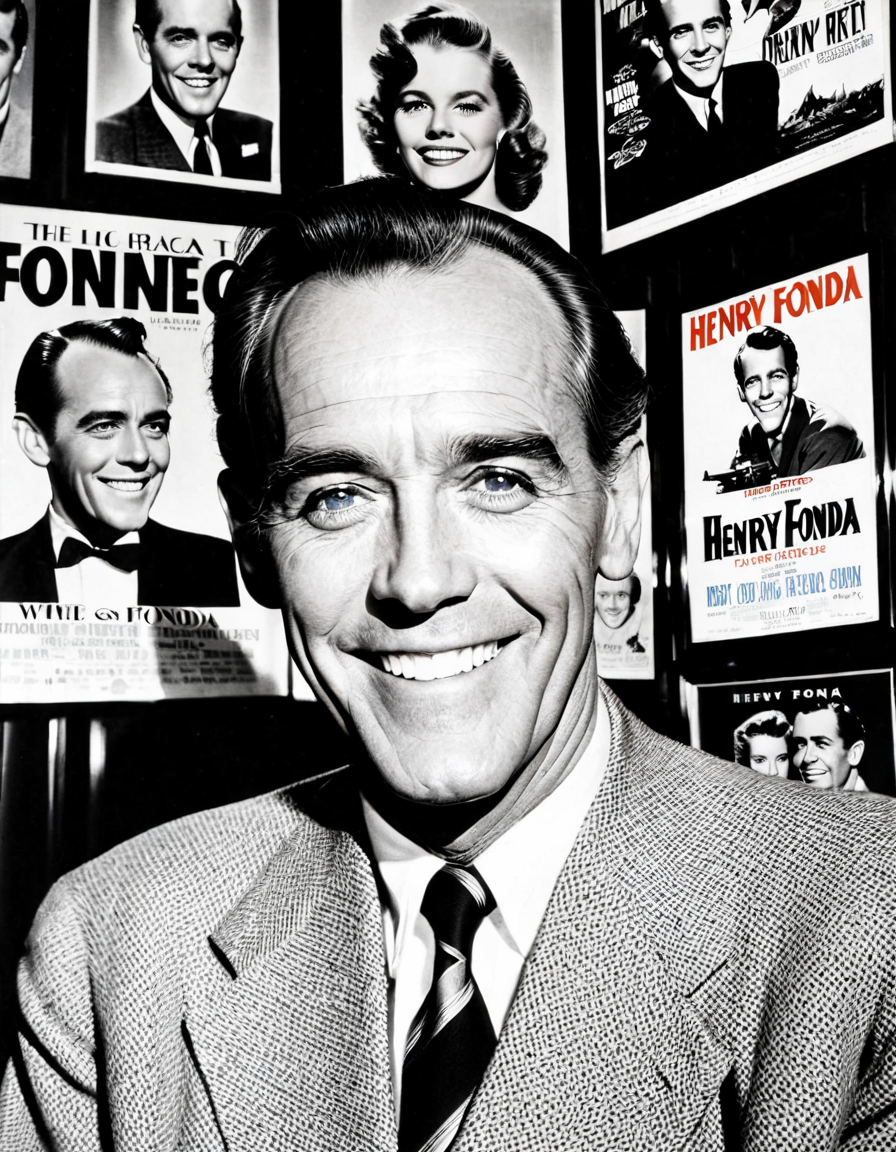



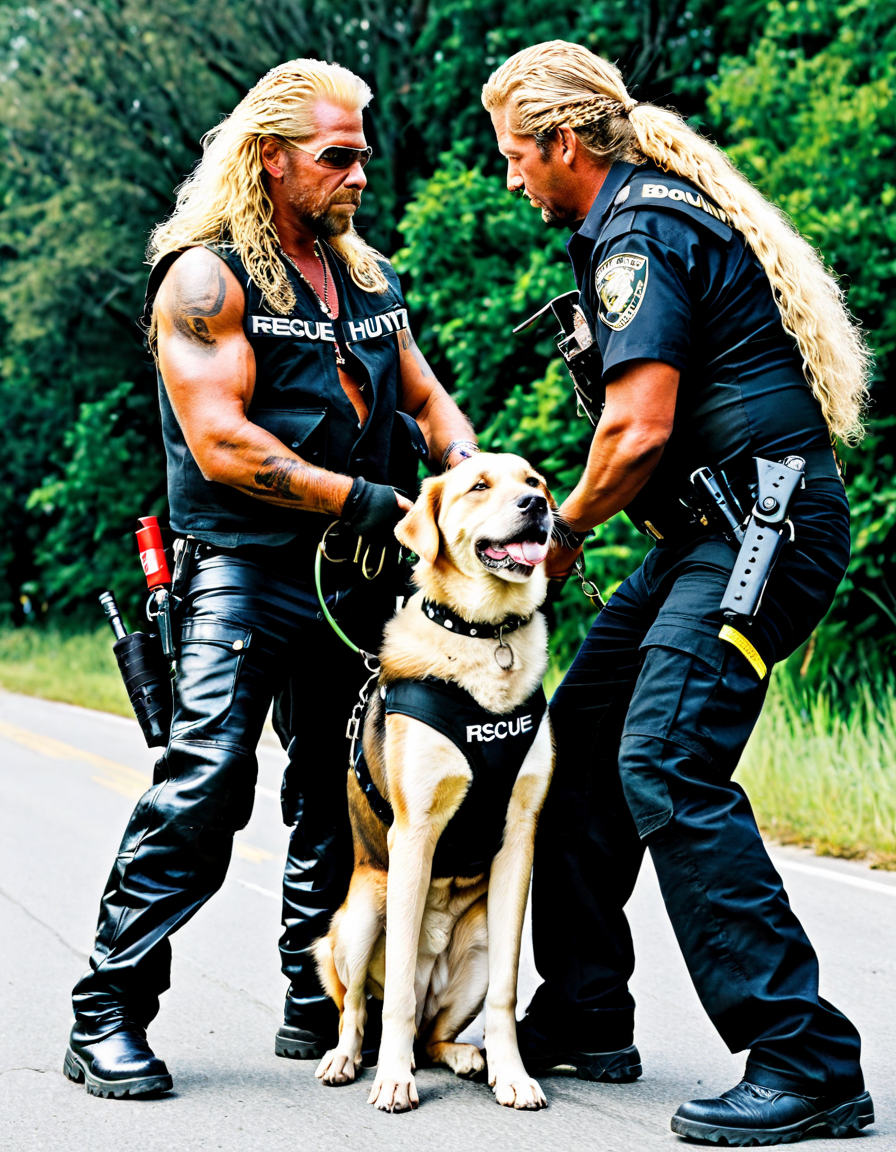


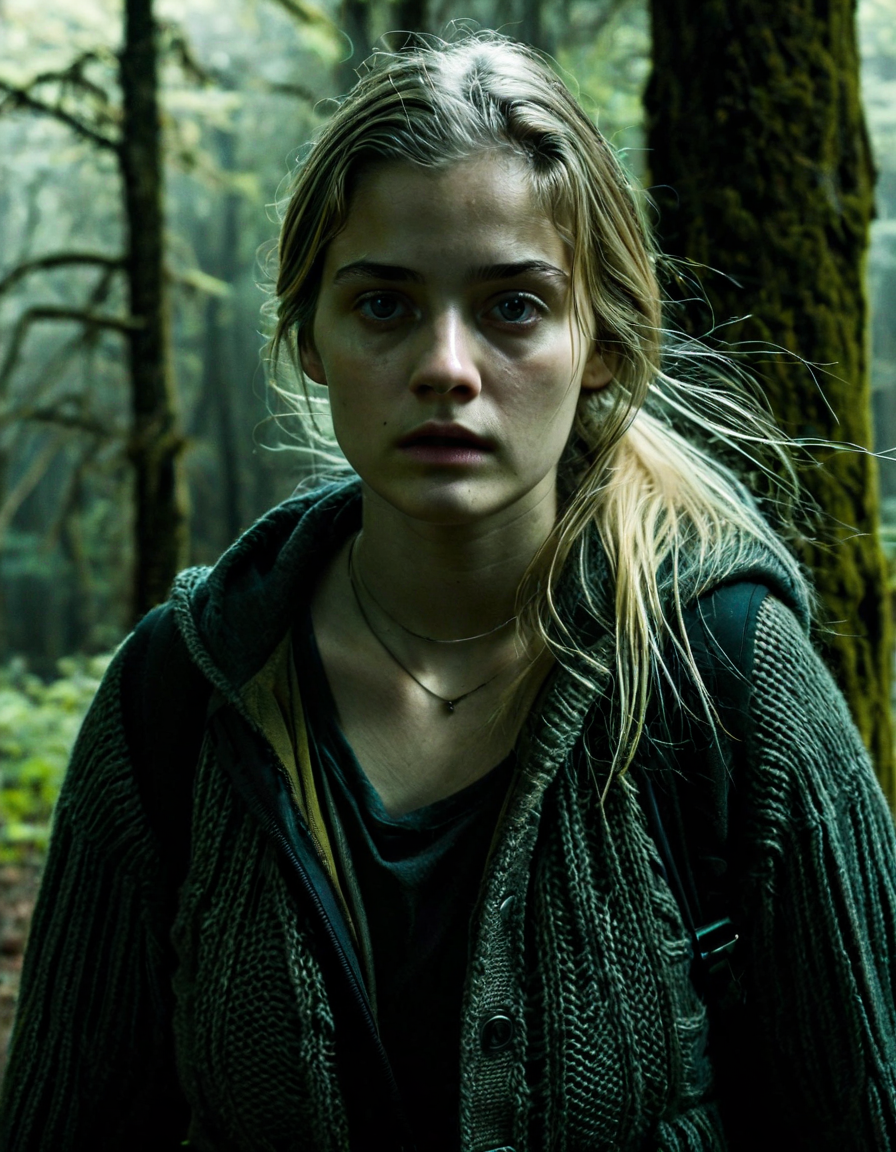

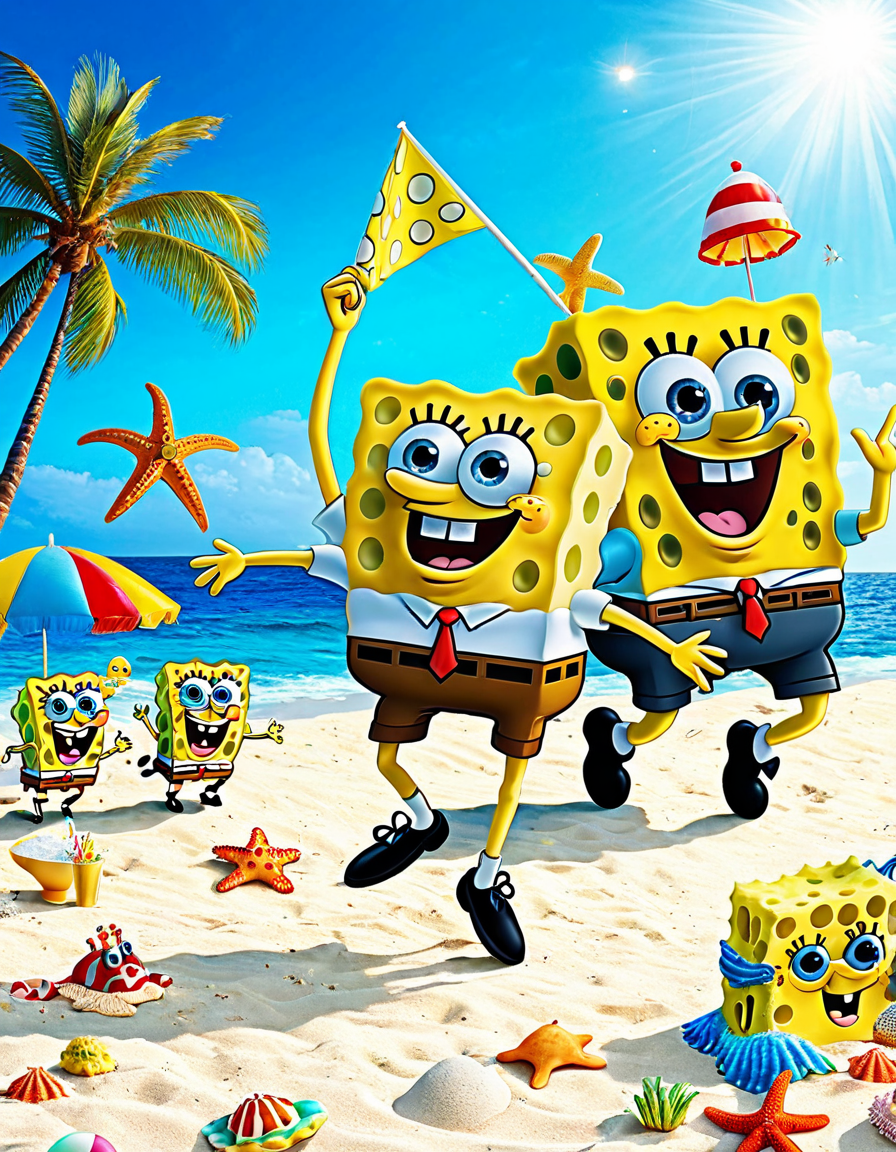

![y]](https://www.myfitmag.com/wp-content/uploads/2025/08/y.png)

